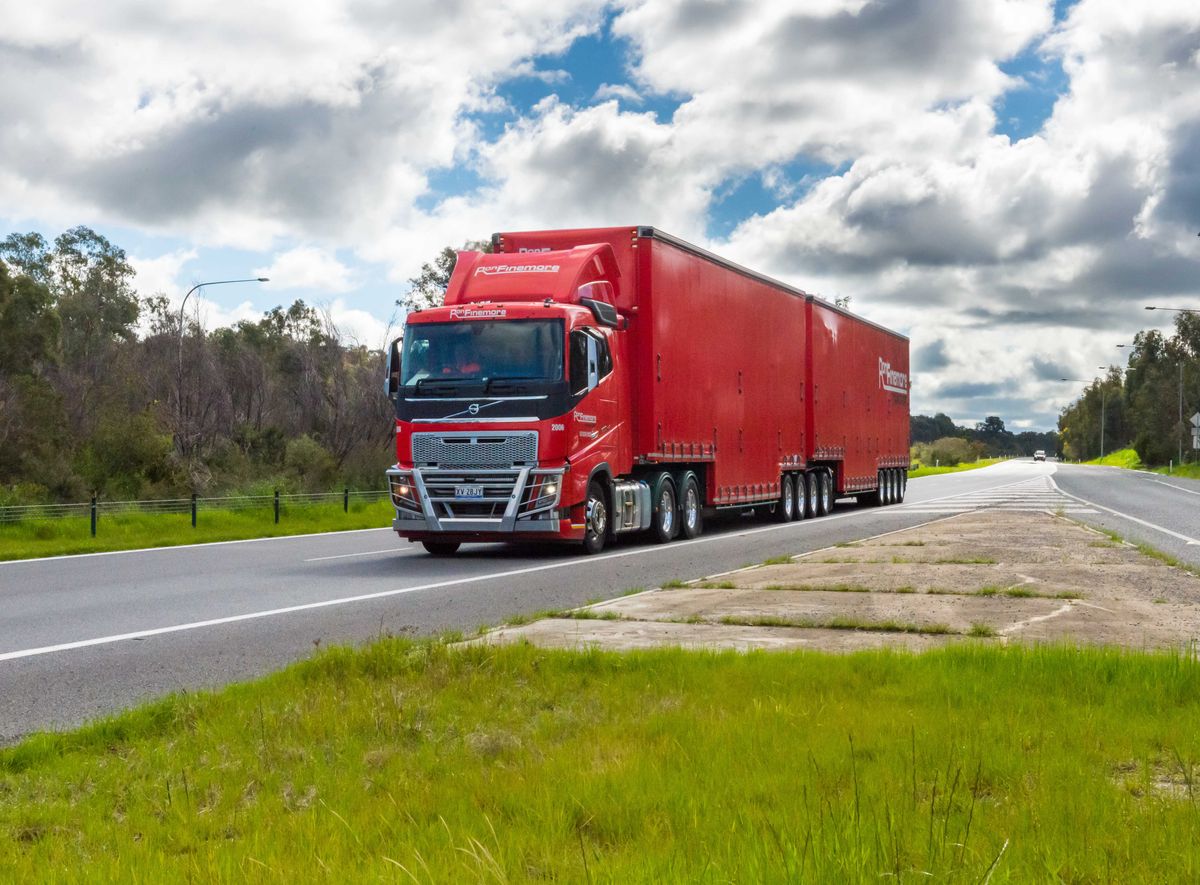The National Heavy Vehicle Regulator (NHVR) has introduced a new work procedure which introduces tighter limits on what certification anomalies can be approved via an Assessor Sign-Off (ASO).
Certification anomalies occur when an as-built combination does not conform to one or more aspects of a PBS Design Approval (DA).
For anomalies that are within the limits of the new process, an ASO can be obtained. Where the limits are exceeded, a DA Amendment or Variation (collectively known as DA Modification) will be required.
An ASO is an approval from the Assessor confirming that the as-built combination continues to pass the PBS standards at the same or higher level shown on the DA. The new process splits certification anomalies into three categories:
1. Dimensional anomalies – Dimensional anomalies cover deviations from the dimensional specifications set out in the DA.
- Any dimension referenced in a DA (e.g. S-dimension, wheelbase, drive axle spacing, rear overhang, track width, dual tyre spacing), other than payload height and fill level, is eligible to be considered under the ASO approval pathway.
- There is no limit on the number of dimensional anomalies.
- Dimensional anomalies can only deviate from the dimension-set value by the lesser of 20% or 200. Where a dimension is between 0 to 200mm e.g. fifth wheel offset, the deviation range is ±50mm.
- For OAL the maximum deviation limit is +500mm.
- The PBS certification tolerance (the lesser of 1% or 20mm) does not apply to dimensional anomalies.
- Payload heights and fill levels are not applicable and cannot be signed off via the ASO process.
- OAH must not exceed the original approved height bracket – 4.3m or 4.6m.
- Changes to overall vehicle width above 2.5m are not permitted.
2. Component anomalies – Component anomalies cover deviations from specifications set out in the Part B
- Any specification for a vehicle referenced in a DA (e.g. suspensions, engines, ATM ratings, GCM, ratings, tare weights), other than the presence or location of steerable axles, is eligible to be considered under the ASO pathway.
- Anomalies relating to tyres are not considered component anomalies
- Each vehicle unit in a combination may have no more than three component anomalies
- EXAMPLE: A prime mover and semitrailer combination may have a maximum total of six component anomalies, three for the prime mover and three for the semitrailer.
- An A-double combination may have a maximum total of twelve component anomalies, three for the prime mover, three for each semitrailer and three for the dolly.
- In the case where a vehicle unit is certified against two or more dimension-sets, the component anomaly limit applies per dimension-set
- EXAMPLE: When Truck 1 and Trailer 1 is certified against ‘Dimension Set 1’ and has two component anomalies present on the truck, an ASO is acceptable to cover off the component anomalies
- When Truck 1 (same truck as above) and Trailer 2 is certified against ‘Dimension Set 2’ and has additional three component anomalies on the truck; an ASO is acceptable to cover off the component anomalies as the number of anomalies per dimension-set does not exceed three.
- Anomalies relating to steerable axles position are not applicable and cannot be signed off via the ASO process.
- Transmission and FDR anomalies are counted as one anomaly.
- Anomalies relating to addition or change of position of retractable axles are not applicable and cannot be signed off via the ASO process.
3. Tyre anomalies – Tyre anomalies cover deviations from the tyre specifications set out in the DA.
- Tyre anomalies are handled on a dimension-set basis. When approved by an Assessor, the noncompliant tyres will be added to the Approved Tyre Options on the PBS Vehicle Approval in italics
- There is no limit on the number of tyre anomalies.
- Where a combination has a tyre anomaly, all other combinations certified under the same dimension-set must be eligible to use the noncompliant tyre.
- EXAMPLE: Two combinations are certified against ‘Dimension Set 1’. The two combinations have different tyres that do not comply with the design requirements:
- the first combination has X Multi D drive tyres
- the second combination has M766 drive tyres.
- The ASO must specify that all combinations certified against ‘Dimension Set 1’ are able to use X Multi D and M766 drive tyres even if the combinations were not physically fitted with the noncompliant tyres.
- EXAMPLE: Two combinations are certified against ‘Dimension Set 1’. The two combinations have different tyres that do not comply with the design requirements:
- Where combinations certified against the same dimension set cannot use the same noncompliant tyres, a Variation or Amendment to the DA is required.
- An as-built combination cannot be assigned a separate tyre list applicable to one specific combination only. However, this can be achieved via DA modification to include an additional vehicle variant matching the as-built combination with the specific tyre list options.
The new process encourages as-built combinations be as close as possible to the DA. This ensures that as-built combinations perform consistent to the DA. In the case where anomalies occur, Certifiers will now be required to determine whether an as-built combination exceeds the limits and decide whether an ASO is applicable. In the case where the limits are exceeded, the Certifier will notify the Assessor that a DA Modification will be required. Assessors are now also required to check that the anomalies found during certification are eligible under the ASO process; otherwise, a DA Modification is required. In the majority of cases, the new ASO process will not have any adverse effects and will only affect as-built combinations that are severely noncompliant.
As our processes are done in-house, the systems have been streamlined to ensure that processing times are minimised and applications are not held up. In the case where a vehicle is expected to not meet the new ASO limits, please provide advance notice to avoid processing delays. Please contact us if you have any queries.

